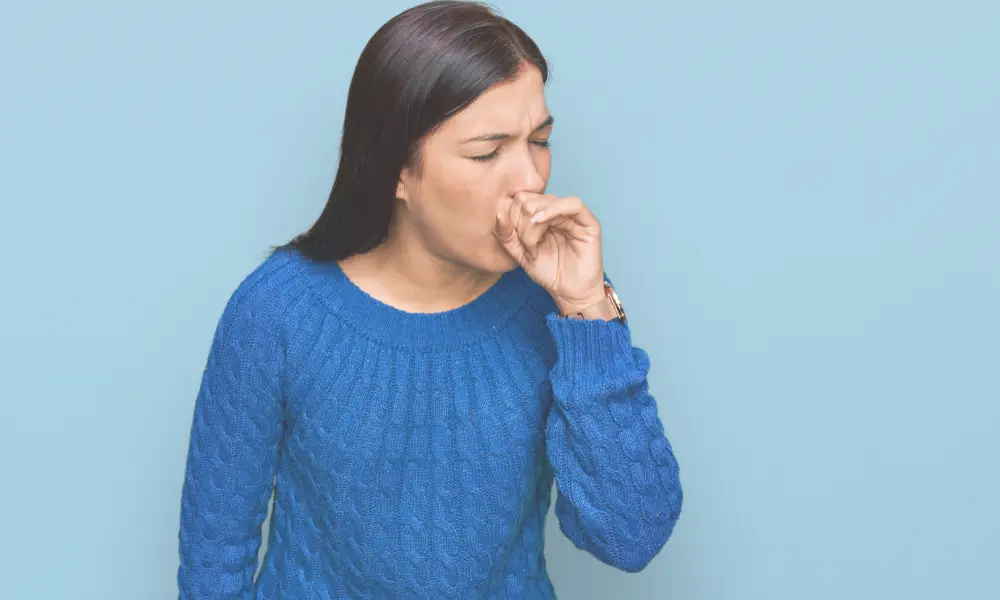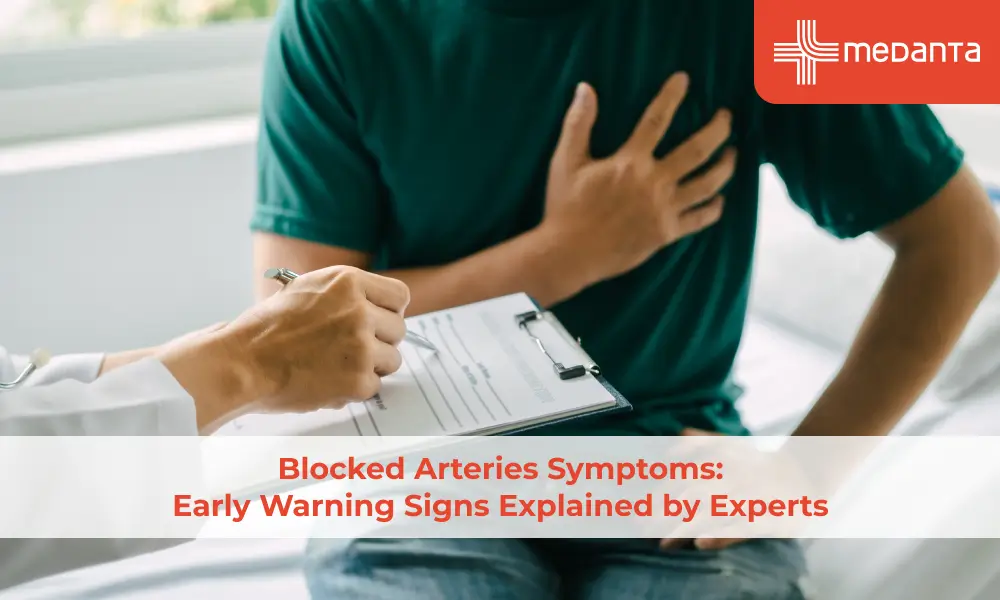Asthma: Types, Causes, Symptoms, Diagnosis & Treatment

TABLE OF CONTENTS
If you are having asthma attacks, you are not alone. Millions of people worldwide are suffering from asthma making it one of the most common chronic lung conditions today. The condition affects people of all ages and backgrounds, but children face the highest risk.
Asthma is a chronic inflammatory disorder of the airways that causes repeated episodes of breathing difficulty. A better understanding of asthma's types, causes, warning signs, and treatment options can improve a patient's quality of life by a lot. Though no cure exists, modern treatments help reduce symptoms and allow patients to lead normal, active lives.
What is Asthma?
Asthma is a chronic disease that affects your lungs' airways. People with asthma find it hard to breathe because their airways become inflamed and narrow, making it difficult to exhale air. People with asthma experience wheezing, coughing (especially at night or during exercise), chest tightness, and shortness of breath.
Types of Asthma
Doctors classify asthma into four main categories based on how severe & frequent the symptoms are:
Intermittent asthma: Symptoms show up no more than twice weekly, and breathing returns to normal between episodes.
Mild persistent asthma: People experience symptoms more than twice weekly but not daily, with slight activity limitations.
Moderate persistent asthma: You may experience symptoms of asthma daily, limiting your daily activities. It causes lower breathing test scores.
Severe persistent asthma: You may have symptoms throughout the day. Because of these symptoms, you are not able to carry out your daily tasks and need your rescue inhaler frequently.
Doctors have identified few more types of asthma which include:
Allergic
Exercise-induced
Occupational
Nighttime asthma
Causes & Triggers for Asthma
Scientists haven't pinpointed the exact causes, which likely vary among individuals. Several factors boost your risk:
Family history (especially maternal)
Allergies and allergic conditions
Obesity
Race or ethnicity (higher risks for Black and Puerto Rican people)
Occupational hazards
Triggers can include:
Indoor and outdoor allergens
Emotional stress
Physical activity
Infections
Certain medications
Poor air quality
Cold air
Common Symptoms of Asthma

People with asthma experience:
Wheezing (whistling sound during exhale)
Coughing, especially at night or early morning
Shortness of breath
These symptoms often follow specific patterns—they come and go, worsen with infections, or appear with certain triggers.
Asthma Diagnosis
Doctors typically diagnose asthma through:
Medical history and physical examination: Doctors examine breathing sounds and go over symptoms and possible triggers
Lung function tests: These include spirometry and peak flow measurements to check the amount and speed of air you breathe in or out.
Challenge tests: They check how sensitive airways are when exposed to things like exercise or specific medicines.
Allergy testing: These tests help to find out if allergens like dust, pollen, or pets are causing asthma issues.
Nitric oxide breath test: This checks inflammation in the airways by measuring nitric oxide levels in your exhaled breath.
Treatment Options for Asthma
Doctors recommend various treatments:
Quick-relief medicines to ease asthma symptoms. They will relax your airway muscles when there is an episode of a sudden attack of asthma.
Controller medicines lower swelling in your airways and prevent regular symptoms related to asthma.
Biologic medications in the form of injections target certain immune responses.
Allergy treatments manage allergic triggers with medication or immunotherapy.
Your treatment plan depends on how severe your asthma is, ranging from occasional rescue inhalers to daily controller medications.
Living with Asthma
You can have better control over the symptoms of your asthma by following these simple tips:
Have a strict adherence to your asthma action plan.
Identify your triggers and avoid them completely.
Always monitor your symptoms and breathing
pattern and consult your doctor immediately if you feel any abnormality.
Physical activity is one of the most key aspects to manage your asthma.
Take your medicines as advised by your doctor.
Creating an asthma-friendly space at home, school and your workplace can help you a lot.
Do not forget that even with asthma you can have a normal and active life by adhering to an asthma-friendly lifestyle and taking proper treatment.
Conclusion
Life with asthma has its challenges, but most people lead full, active lives with proper management. Your specific type of asthma whether it is intermittent, mild, moderate, or severe determines the treatment plan that your doctor will curate for you.
Getting diagnosed early makes a vital difference if you experience wheezing, coughing, or shortness of breath. Your doctor might suggest lung function tests or allergy assessments to confirm your condition and check its severity. Treatment usually combines quick-relief medications to control immediate symptoms and long-term medicines to prevent attacks.
As an asthmatic patient, you need to know your triggers. It can be anything (weather changes, pollen, stress, exercise, or workplace irritants). If you have a plan against your triggers half of the battle against this condition is won.
Asthma doesn't have to hold you back from your dreams or activities. Athletes, musicians, actors, and people from every background succeed despite having asthma. Success comes from staying aware, using medications properly, and keeping regular appointments with doctors. You can make asthma just another part of your life rather than something which defines who you are.
FAQs
What are the early signs that might indicate asthma?
You might have asthma if you notice certain warning signs:
Nighttime coughing
Shortness of breath
Unusual tiredness after physical activity
Wheezing after exercise
Some people experience allergy symptoms, have trouble sleeping, or feel irritable.
How can I tell if I am having an asthma attack?
Your airways narrow and become inflamed during an asthma attack. Severe wheezing occurs with each breath, and you might cough persistently. Breathing becomes rapid while chest pain or pressure makes talking difficult. The muscles in your neck & chest tighten. You might feel anxious and notice your face turning pale and sweaty. In serious cases, your lips or fingernails might take on a bluish tint.
What immediate actions should I take during an asthma attack?
Stay calm and maintain an upright position. Your rescue inhaler can help - with a blue reliever, take one puff every 30-60 seconds until relief comes (no more than 10 puffs). AIR/MART inhaler users should take one puff every 1-3 minutes (maximum 6 puffs). Don't hesitate to call emergency services if your symptoms worsen or the inhaler doesn't help.
How do asthma symptoms vary from person to person?
Each person's asthma manifests differently. Some people rarely notice symptoms. Many other find it difficult to manage their symptoms daily. Some people become more sensitive at night while others are sensitive to exercise. Some common triggers are:
Seasonal changes
Dust
Smoke
Pollen
Animal fur
Strong perfumes
The severity ranges from mild discomfort to life-threatening episodes.






